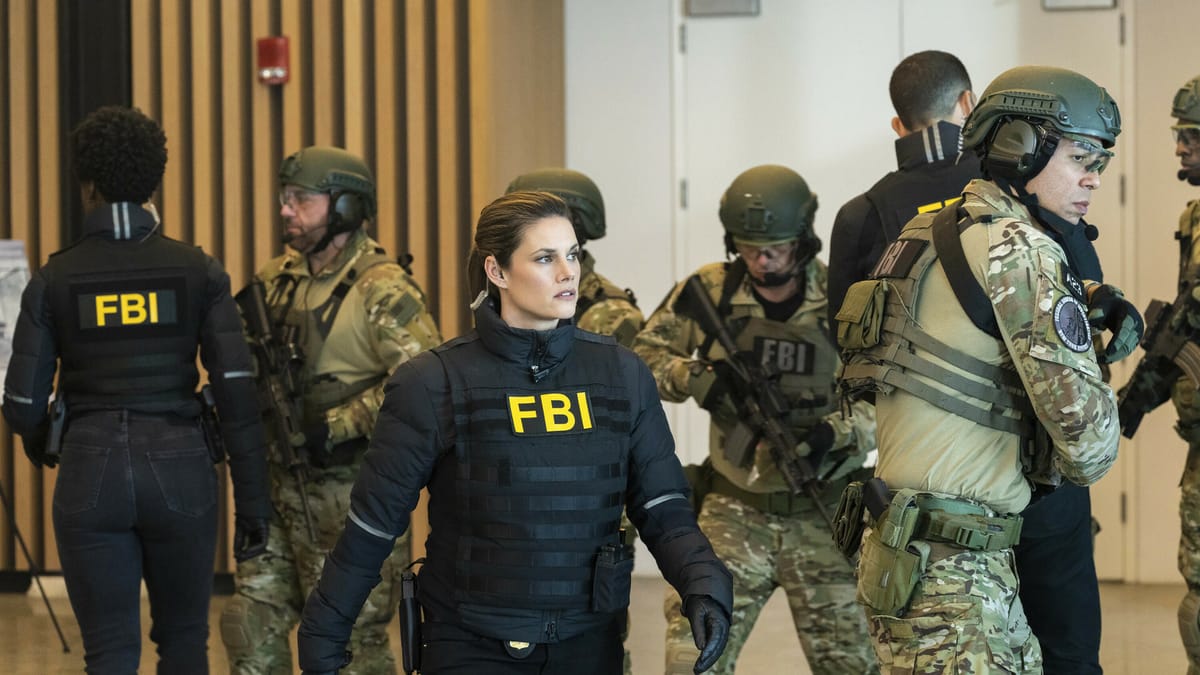FBI Negotiation Techniques: A Revolution in Communication Science
FBI negotiation techniques blend empathy, psychology, and real-world data, creating a modern communication revolution for business and crisis situations.

The main issue in today’s negotiations goes far beyond bargaining over prices or searching for compromise. Negotiation has now evolved into an art and science rooted in empathy and psychological understanding. This is clearly reflected in the FBI’s negotiation methods popularized by Chris Voss, a former hostage negotiator, through extensive research, books, and real-life field practice. Voss’s approach has transformed the landscape of negotiation, showing that success relies more on the ability to read emotions than on pure logic.
A New Paradigm in Negotiation Science
The development of FBI negotiation techniques emerged from real-world demands for more humane and effective solutions. Early studies like the Harvard Negotiation Project (1979) provided a foundation based on logic. However, the findings of Amos Tversky and Daniel Kahneman on cognitive bias proved that humans tend to make emotional decisions, even in critical situations.
Chris Voss adopts a tactical empathy approach—placing empathy at the core, not to manipulate, but to truly understand the other party. Through mirroring, labeling, and calibrated questions, negotiators can break the ice, build trust, and reduce stress in their counterparts. This strategy is comprehensively explored in his book “Never Split the Difference,” now a reference in business, security, and HR consulting.
Core Techniques: From the FBI to the Business Room
One of the most well-known techniques is mirroring—repeating the last word or phrase spoken by the counterpart. This naturally builds rapport and makes the other person feel truly heard. The video covered in this article highlights how mirroring is scientifically proven to increase trust and open deeper discussion.
Alongside mirroring, there is labeling—identifying and verbalizing the other person’s emotions. For example, saying “It seems like you’re worried” can lower defensiveness and increase comfort. This technique is highly effective in tense situations such as hostage crises or high-stakes contract negotiations. Using a calm, low tone of voice—known as the “late-night FM DJ voice”—also significantly reduces emotional tension and smooths the negotiation process.
Another strategy is inviting a “no” response, a crucial step to create a sense of safety. Voss explains that people often feel comfortable when allowed to say no, leading to more honest and productive discussions. Additionally, open-ended questions like “How…” or “What…” (calibrated questions) give the counterpart a sense of control while allowing negotiators to extract more information.
These techniques can be applied both in crisis negotiations and everyday business. Case studies in the video show FBI negotiators successfully freeing hostages without violence, thanks to the consistent application of these methods.
Data and Real-World Impact
Field data shows that FBI negotiation techniques have been widely adopted across sectors. In business, these strategies are used for contract negotiations, customer complaint handling, and HR recruitment processes. According to Readingraphics, the application of tactical empathy increases negotiation success rates by up to 31% compared to traditional methods. Further research from ClickUp shows that mirroring and labeling techniques speed up agreements and minimize internal conflict.
Furthermore, the “that’s right” technique—summarizing the counterpart’s feelings and perspectives until they say “that’s right”—is considered a turning point in negotiations. This signals that the other party feels fully understood, making them more open to the offered solution.
Scientific Relevance and Practical Recommendations
Behavioral psychology research confirms that FBI negotiation techniques can calm the amygdala (the brain’s emotional center) and strengthen the prefrontal cortex (logic center). Combining vocal techniques, empathy, and calibrated questions results in more structured, measured, and highly effective communication.
For business practitioners and the general public, practicing mirroring, using a calm voice, and labeling can be applied in everyday conversations and important negotiations. Inviting a “no” and empathetically summarizing the other party’s position are keys to fostering open, pressure-free communication.
FBI negotiation techniques have made a significant impact in the world of modern communication. The empathy-based, psychological, and data-driven approach has overturned the old paradigm that negotiation is simply the art of compromise. Now, understanding the emotions and thought processes of the other side is the foundation for reaching high-value agreements, whether in boardrooms, emergency rooms, or everyday life.





Comments ()